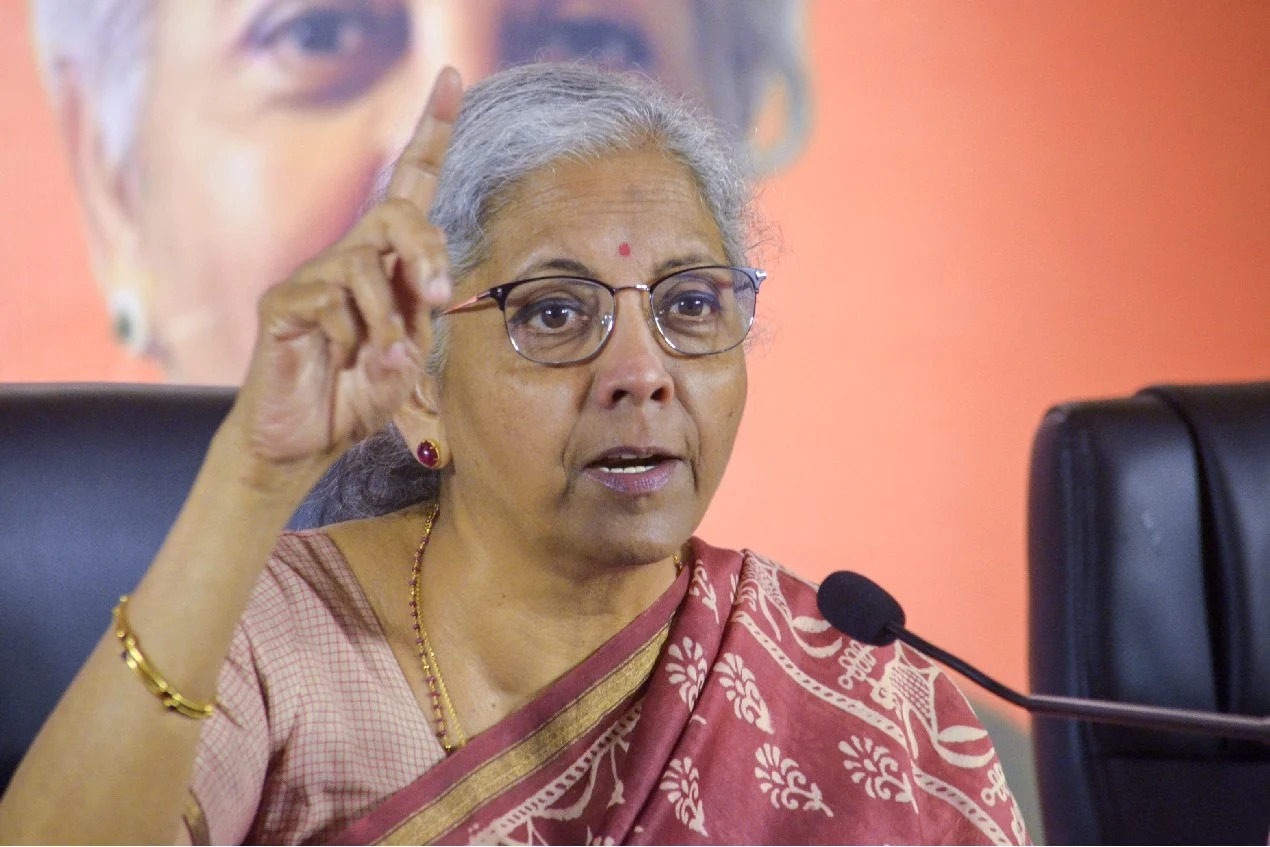Union Finance Minister Nirmala Sitharaman stated on Monday that over the past decade, the Narendra Modi government has transformed the Union budget from a simple record of expenditures to a strategic blueprint focused on equitable distribution, transparency, efficiency, and effectiveness in governance.
“We ensure judicious and efficient use of every rupee collected from our taxpayers and provide a transparent picture of public finances,” Sitharaman remarked in a detailed post on X.
“This approach contrasts sharply with the Congress-led UPA government’s practice of hiding deficits through off-budget borrowings and issuing ‘Oil Bonds’, which covertly shifted the fiscal burden to future generations. Under the UPA, standard fiscal practices were routinely altered to make budget numbers appear favorable,” Sitharaman asserted.
“We will continue to maximize the value and impact of taxpayer money, ensuring it is utilized for the benefit of all,” the Finance Minister emphasized.
Sitharaman highlighted that the entire budgetary process, including legislative procedures, is now completed well before the start of the financial year. “This improvement in administrative efficiency ensures that Ministries have the full budget available from the beginning of the financial year on April 1,” she noted.
“This change has also empowered state governments, which used to present their budgets before the Centre. States can now better plan their budgets with a clear understanding of the Centre’s fiscal plan for the upcoming year,” she added.
The Finance Minister pointed out that the Union budgets under the Modi government are marked by fiscal prudence, transparency, and inclusiveness, with significant investments in social development and infrastructure.
Sitharaman stated that the Union government administers 108 Centrally Sponsored Schemes (CSS) through state and UT governments, with a budget of approximately Rs 5.01 lakh crore for FY 2024-25 and Rs 4.76 lakh crore for FY 2023-24.
She also noted the historical context of the Railway Budget, which was a colonial practice started in 1924. This practice continued more as a convention than for sound administrative reasons. From FY 2017-18, the government merged the Railway Budget with the Union Budget to present a holistic and transparent picture of the Union government’s financial position.
Additionally, Sitharaman highlighted the removal of the distinction between Plan and Non-Plan classification in the budget and accounts since FY 2017-18. The emphasis has shifted to the overall financial allocation of schemes, divided into revenue and capital expenditure.
The earlier distinction between Plan and Non-Plan expenditures created a distortion in perception, with Plan considered ‘good’ and developmental, and Non-Plan considered ‘bad’ and non-developmental. This perception was incorrect as ‘non-plan expenditure’ included essential items like defense maintenance, social security (pension and insurance), various welfare measures, and subsidies for the poor and underprivileged. These could not be deemed ‘non-developmental’ while allocating resources,” she explained.


